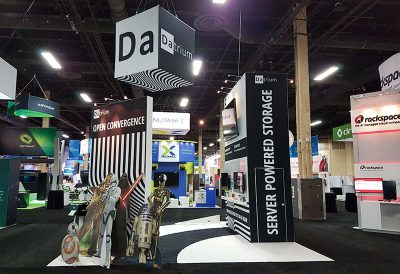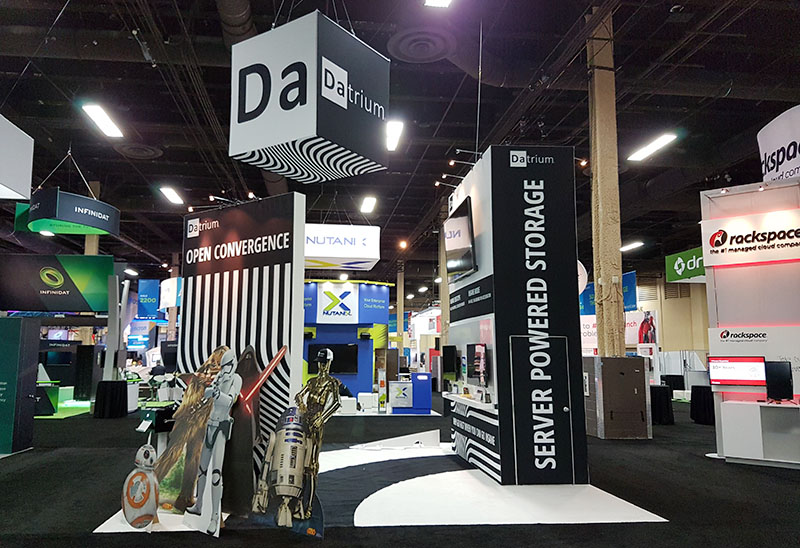Today VMware shifted focus toward enabling OpenStack, containers and VDI solutions. On day 1 of VMworld 2016 the company had a major push towards “cross-cloud” architectures. OpenStack is one of the primary private cloud platforms. Containers are a different way to run multiple applications on a single server and have been popularized by companies like Docker. Finally, VDI is a major application. Although both Microsoft and AWS are pushing into traditional VDI work spaces, VDI is still a large use case for VMware. VMware’s key value proposition is rapidly morphing from its history of achieving higher hardware utilization to being a company focused on helping corporate IT departments manage technologies developed by others.
VMware Integrated OpenStack 3

OpenStack is notoriously difficult to setup. We have heard from industry sources that OpenStack pilots get up and running less than 40% of the time they are attempted. VMware Integrated OpenStack 3 is now based on the OpenStack Mitaka release. VMware is introducing new features to make deploying OpenStack clouds simpler and more cost-effective as well as allow customers to use existing VMware vSphere workloads in an API-driven OpenStack cloud.
Here are VMware’s key points from today’s release:
Some of the features and enhancements in Mitaka include:
- Improved day-to-day experience for cloud admins and IT administrators;
- Simplified configuration for Nova compute service; and,
Streamlined Keystone identity service is now a one-step process for setting up the identity management features of a cloud network.
Although this is an evolutionary release, VMware needs to stay up-to-date on OpenStack to enable its cross-cloud strategy.
VMware vSphere Integrated Containers
VMware unveiled two new capabilities of VMware vSphere Integrated Containers, which enables IT operations teams to provide a compatible Docker interface to their app teams, running on their existing vSphere infrastructure. Here are the highlights from the release:
-
Admiral – A built-in container management portal for VMware vSphere Integrated Containers that developers and application teams can use to accelerate application delivery.
-
Harbor – An enterprise container registry that is built into VMware vSphere Integrated Containers. Based on Docker Distribution, VMware has added several enterprise features including user management and access control, policy-based image replication, support for audit and logs, a RESTful API for integration, among many others.
Admiral and Harbor from the demos look very easy to use, about on part with container management plugins from QNAP and others. Of course, the VMware versions have a higher-level of flexibility and automation in the back end.
VMware Digital Workspace with Unified Endpoint Management and Windows 10 Support
VMware announced a new, unified endpoint management approach for managing Windows 10, along with advancements to VMware Horizon and VMware Workspace ONE.
-
A new unified endpoint management technology that combines enterprise mobility management with traditional PC lifecycle management for comprehensive Windows 10 support
-
Enhancements to VMware Horizon, with new plug-and-play solutions and accelerated performance from Blast to help to drive down cost and complexity
-
New automation capability in VMware Workspace ONE further streamlines management of Office 365
The live demo of this included the ability to stop users from posting sensitive financial information from within the VMware / Windows 10 environment to Twitter.




